Pack up your knives and die: Bitter Feast turned cooking into horror
This article discusses major plot points of the 2010 indie horror film Bitter Feast.
Unbelievable stress, the potential for public embarrassment, the risk of being shamed by Gordon Ramsay—these are the things that make cooking competition shows compelling viewing (and in some cases, send contestants, like Elaine Mayfield, to the emergency room). Even if you’ve never worked in a kitchen yourself, it’s impossible not to cringe when you see a plate of runny risotto or a sad, collapsed soufflé make its way to the Top Chef judges’ table. Joe Maggio’s indie horror film Bitter Feast understands these anxieties, and it turns them into pure dread.
Released in 2010 to minimal fanfare, Bitter Feast follows a celebrity chef, Peter Grey (James LeGros), whose career takes a huge hit after a popular blogger, J.T. Franks (Joshua Leonard), writes a caustic review of his restaurant. As a result, Grey is fired from his own restaurant (by Mario Batali!), dropped from his cookware endorsement deal, and humiliated on his own daytime cooking program, which is co-hosted by a vapid sidekick who routinely mocks Grey’s passion for rustic, organic ingredients.
Consumed by bitterness, Grey kidnaps Franks, chaining him up in his cellar before putting him through a series of cooking challenges. Can the critic execute what he claims the artist cannot? It’s an age-old revenge fantasy that Bitter Feastcleverly mixes with blood and viscera, turning the exploitation already simmering beneath those cooking competitions up to a slow boil. The finished result is a satisfying, delectable dissection of culinary celebrity.
While horror might seem an odd vessel for such a story, it ultimately proves to be a good fit. Elaine Mayfield’s description of her MasterChef stint, though ultimately a positive experience, still brims with exhaustion, paranoia, and a sense of instability—traits that, when escalated properly, dovetail perfectly with effective horror.
In addition to these traits, there’s an innate cinematic tension to the act of cooking. On shows like Top Chef, MasterChef, Chopped, etc., cooking becomes a precarious wire act, where decisions as granular (literally) as how much salt to add can determine your reputation—and your survival. That’s because cooking, unlike other art forms, actually has agreed-upon indicators of success. We can argue endlessly about whether Ulysses is the greatest novel ever written, but there’s no quibbling over whether a steak has been cooked to a perfect medium-rare. In cooking, perfection is achievable. And to fall short of that is to acknowledge one’s failure; success is an all-or-nothing proposition. We see it in kitchens every day: A first date can be marred by a salty broth, an existential crisis triggered by a broken yolk. To say such gravity is absurd is negligible; to say it’s entertaining is a given.
With Bitter Feast, all Maggio has to do is twist the dial a little to make those life-or-death stakes literal. First, Grey has Franks cook dishes that he attacked in recent reviews: a perfect sunny-side-up egg, then a perfect medium-rare steak. If he succeeds, he can eat. If not, he starves. The climax finds Grey testing Franks’ supposedly refined palate by serving him two plates of the same dish—but only one is topped with poison berries. They’re the same kind of challenges you’d see on Top Chef, but here the losers aren’t getting sent home in anything but a body bag.
For all its nasty fun, Bitter Feast isn’t perfect. Maggio’s movie is tonally inconsistent, thematically confused, and about 15 minutes too long, during which the film’s flavorful pulp spoils into the sort of murky sourness that plagued the American horror scene at the turn of this decade. Still, in an era of Saw knockoffs, lame remakes, and grimy found footage, Bitter Feast is an original vision, and its use of food is particularly innovative. In horror, especially, food is often used to nauseate; here, it serves a much greater purpose. Sure, there are lingering shots of bloody, sinewy carcasses and other tossed-off scraps, but one of Maggio’s greatest tricks is in how he thoroughly deglamorizes even fine cuisine; even the finished dishes have an anemic look to them. And it must be said: LeGros is wonderful as Grey, conveying his character’s sociopathy through shots of him soullessly preparing pasta or butchering a chicken.
Not only does Bitter Feast deflate the pageantry and refinement we’ve come to associate with culinary culture by emphasizing food’s necessity to our survival, but it also uses it to build character. Grey and Franks are men whose identities have been built upon food and whose continued relevance in the world depends on their relationship with it. As such, whatever passion they once had for it has devolved into desperation. Grey’s cooking is mechanical, while Franks’ writing is combative. For them, food is a means of feeding their egos, not their stomachs.
Maggio’s film never quite figures out what it wants to say, but it does nail that toxic codependence that can develop between artist and critic. Bitter Feast’s best moment comes near the end, when Franks wrongly chooses the plate of poisoned berries. Grey gloats over his enemy’s failure, the knowledge that he was right all along and his critic knows nothing. But Franks, the poison curdling his insides, persists: The pasta? Overcooked. The ragout? Sour. Here, the psychological horror is on par with the physical. For both, passion begets hubris: The need to be right is terrifying. It’s a perfect moment in an imperfect movie.
Had it ended there, Bitter Feast may not have disappeared so quickly into the digital bargain bin. It’s too bad that it did, because there’s plenty to laud here, from the film’s distinct POV to Maggio’s composition to LeGros’ overblown performance, which works to reduce the film’s grimier elements and bring out the innate satire. But what the movie really captures is how food can be as unforgiving as it is essential to our survival. Horror fans would be wise to weave it into their rotation this Halloween; one can only take so many episodes of Chopped, after all.




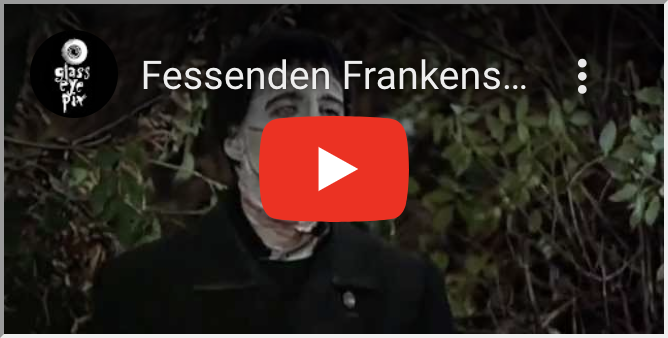





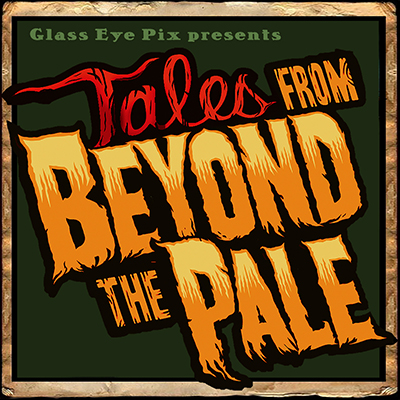
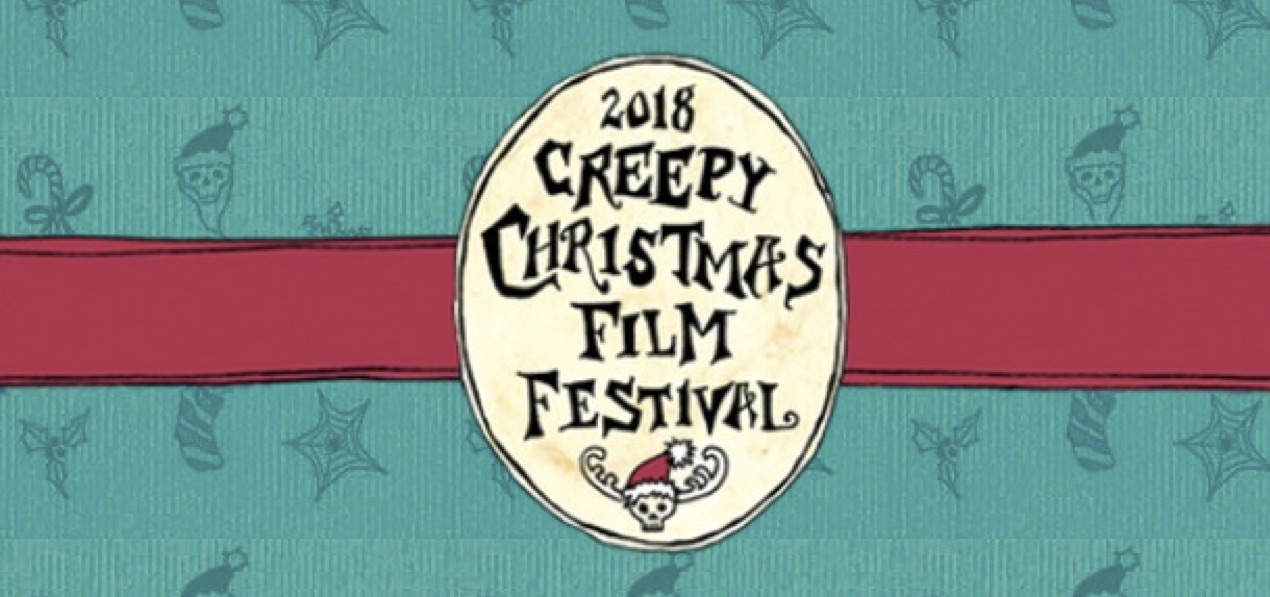








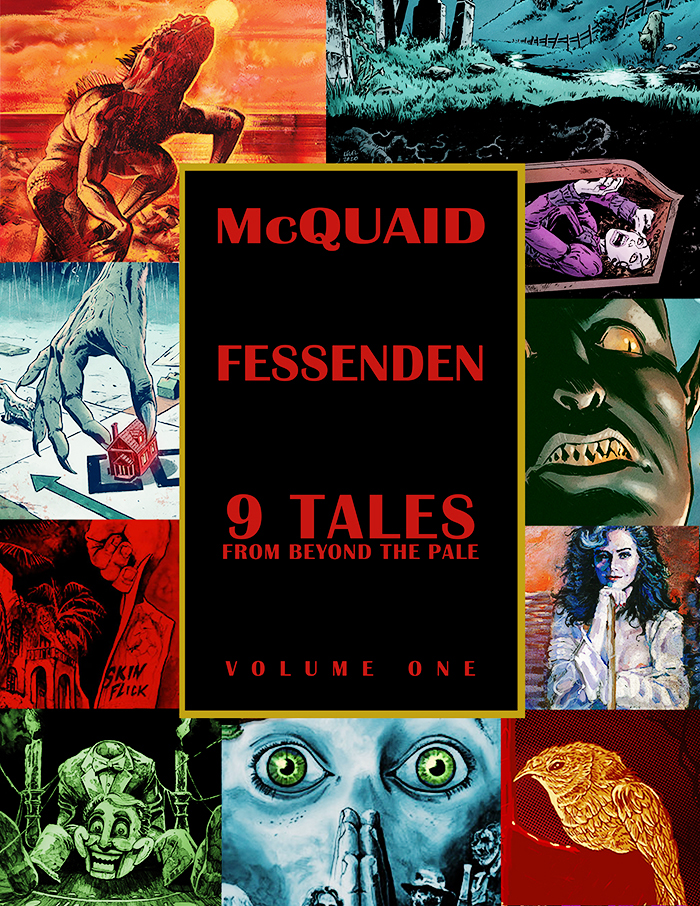
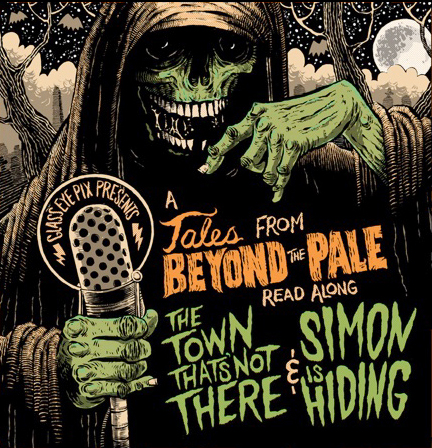
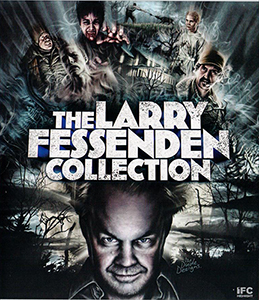
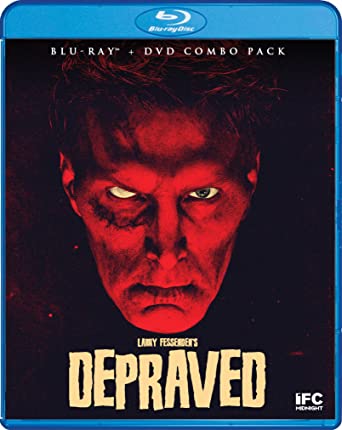
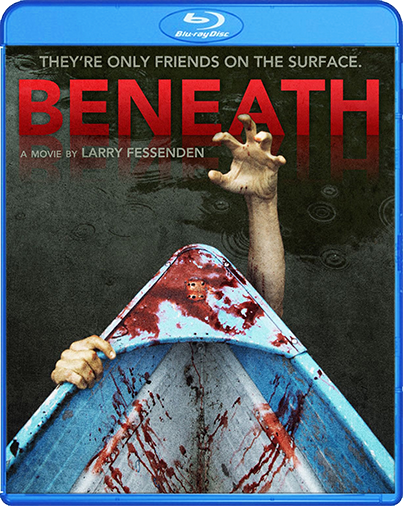


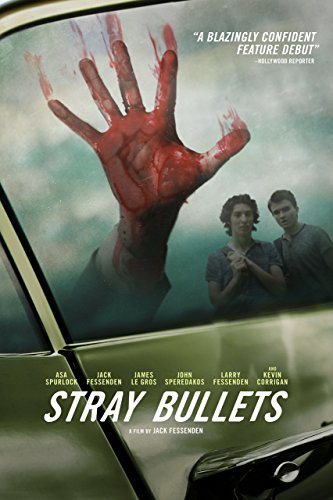

Add a comment